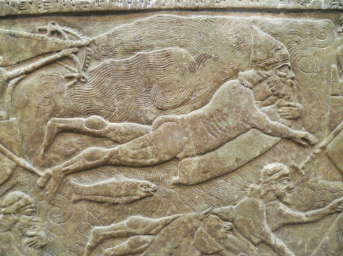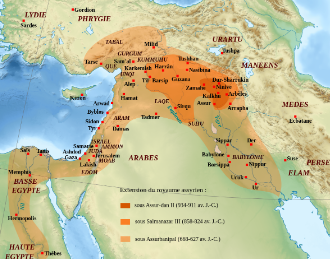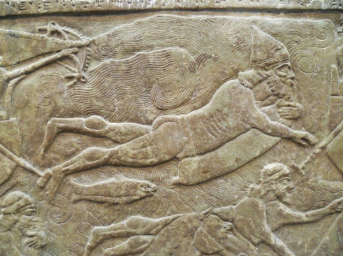
Assyrian Soldier & Snorkling
The civilization of Mesopotamia was a notable ancient civilization that evolved from a city-state in the 21st century BC to a territorial state. It later transformed into an empire from the 14th century BC to the 7th century BC.
Ancient Assyrian history is commonly categorised by modern historians into several periods: Early Assyrian (c. 2600–2025 BC), Old Assyrian (c. 2025–1364 BC), Middle Assyrian (c. 1363–912 BC), Neo-Assyrian (911–609 BC), and post-imperial (609 BC–c. AD 240). These divisions are based on political events and the gradual evolution of the language. Assur, the initial capital of Assyria, was established approximately 2600 BC.

Assyrian Empire
The Assyrians were known for their military prowess and innovative strategies, which played a significant role in their expansion and dominance in the ancient Near East. Some key innovations and tactics employed by the Assyrian military include:
Professional Standing Army: The Assyrians maintained a standing army composed of well-trained soldiers, organised into units such as infantry, cavalry, and chariots. This professional army was a departure from the earlier reliance on conscripted or militia forces, allowing for better discipline, coordination, and effectiveness in battle.
Siege Warfare: Assyrians were masters of siege warfare, using innovative techniques and technologies to conquer fortified cities. They employed battering rams, siege towers, and sappers to breach city walls and overcome defenses. Their ability to conduct prolonged sieges allowed them to subjugate many cities and expand their empire.
Assimilation of Conquered Peoples: Instead of merely subjugating conquered peoples, the Assyrians often assimilated them into their empire, incorporating skilled artisans, administrators, and soldiers from conquered regions into their own ranks. This policy not only strengthened the Assyrian military but also helped to stabilise and administer their vast empire.
Terror Tactics: The Assyrians were known for their ruthless tactics aimed at instilling fear in their enemies and discouraging resistance. They would often engage in brutal acts of warfare, such as mass executions, deportations, and the destruction of cities, to intimidate adversaries and deter rebellions.
Use of Iron Weapons and Armor: The Assyrians were among the first civilisations to extensively use iron weapons and armour, which gave them a significant advantage over opponents who still relied on bronze weaponry. Iron weapons were stronger, more durable, and more readily available than bronze, allowing Assyrian soldiers to maintain a technological edge on the battlefield.
Effective Communication and Logistics: The Assyrians developed efficient systems for communication and logistics, enabling rapid mobilisation of troops and the coordination of military campaigns across vast distances. They established a network of roads, relay stations, and messengers to facilitate communication and supply lines, allowing their armies to operate effectively far from their capital.
